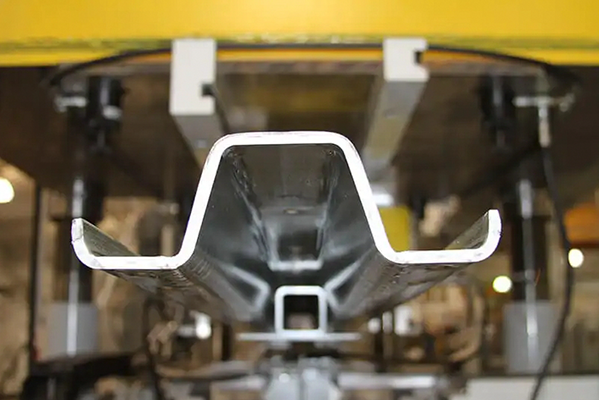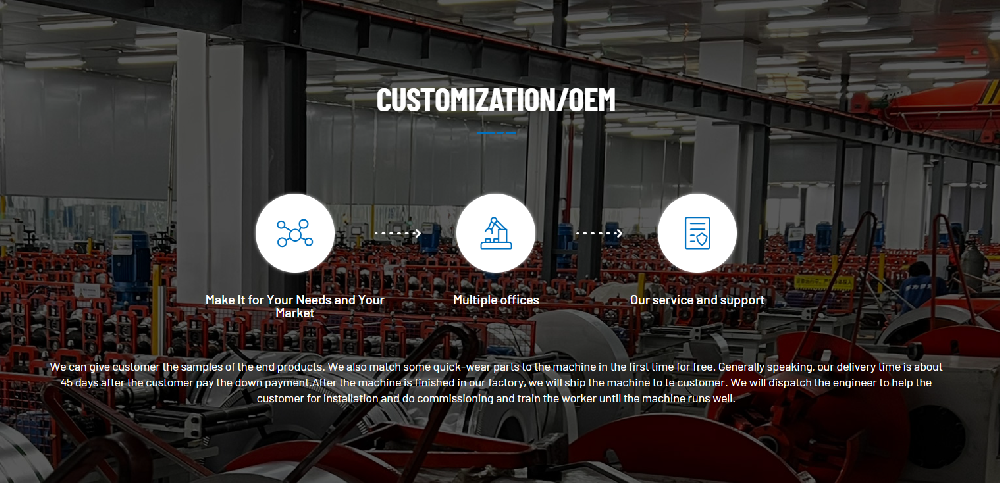Navigation Menu
Contact Us
- Email:
- info@wxavatar.com
- Address:
- Yurong Village, Yuqi Street, Huishan District, Wuxi, China.
Release Date:Jun 24, 2025 Visit:28 Source:Roll Forming Machine Factory
In today's competitive manufacturing landscape, businesses are constantly looking for ways to optimize production while maintaining consistent product quality. Custom rollforming has become a preferred solution for many industries due to its ability to balance efficiency and precision. This article explores how custom rollforming can effectively reduce production costs without compromising quality.

Streamlined Material Usage
One of the key ways custom rollforming helps reduce costs is through efficient material utilization. The process is designed to form metal parts with minimal waste, as coils are progressively shaped into the desired profiles. Since custom rollforming can produce parts to exact specifications, there is less need for additional cutting, trimming, or reshaping, which lowers material costs and reduces scrap.
Continuous Production Process
Custom rollforming operates as a continuous process, which significantly boosts production speed compared to other methods such as stamping or extrusion. This uninterrupted operation minimizes downtime and labor costs associated with machine changes or frequent part handling. By maintaining steady output, manufacturers can achieve higher throughput with less manual intervention.
Reduced Tooling and Setup Costs
Unlike traditional fabrication techniques that may require multiple tooling changes for different parts, custom rollforming can accommodate complex shapes using a single set of tooling for large production runs. This reduces the cost and time associated with frequent tool adjustments. Additionally, rollforming machines can often be quickly set up for various projects, further saving production time.
Consistent Product Quality
Custom rollforming provides excellent control over part dimensions, uniformity, and surface finish. The precision of the process ensures that each product meets exact standards, reducing the likelihood of defects and the need for costly rework. This reliability in quality supports long-term cost savings and enhances customer satisfaction.
Lower Energy Consumption
Because rollforming is a cold-forming process, it typically requires less energy compared to methods that involve heat treatment or extensive machining. The reduction in energy use contributes to overall cost savings in the production line.
Flexibility for High and Low Volume Orders
Custom rollforming is adaptable to both large and moderate production volumes. For high-volume orders, the cost per part decreases due to the economies of scale. For smaller batches, the ability to produce custom shapes without excessive tooling expenses makes rollforming a cost-effective choice.

Conclusion
Custom rollforming offers manufacturers a practical way to reduce production costs while maintaining consistent quality. Its advantages in material efficiency, continuous processing, reduced tooling requirements, and precision make it a valuable solution for various industries. By leveraging custom rollforming, businesses can achieve reliable output, control expenses, and deliver products that meet customer expectations.